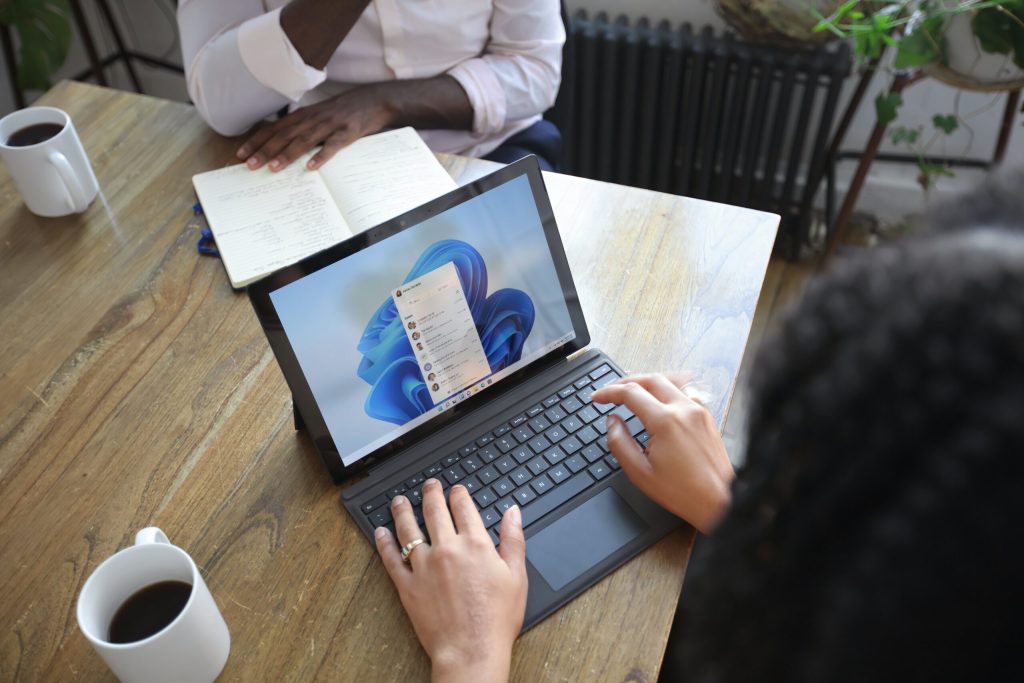When you receive an email that appears to be from Microsoft, do you pause and double-check before opening it? Probably not. After all, it’s Microsoft – one of the most recognised and trusted technology brands in the world.
But here’s the problem: that email might not be from Microsoft at all.
Cyber criminals are exploiting the trust we place in major companies by impersonating them in increasingly convincing ways. And right now, Microsoft is the most impersonated brand in the world when it comes to phishing scams.
New data reveals that over 36% of all brand-related phishing attacks in early 2025 were disguised as messages from Microsoft. That’s more than one in three. Google and Apple aren’t far behind – together, these three tech giants accounted for more than half of all phishing attacks globally.

What Is Phishing – And Why Is It So Dangerous?
Phishing is a type of cyber crime where criminals send fake emails, texts, or messages that appear to come from legitimate companies. Their aim? To trick you into clicking on a malicious link, opening a harmful attachment, or handing over sensitive information such as login credentials, payment details, or even personal identity data.
The consequences can be devastating:
- Stolen funds
- Compromised systems
- Leaked customer or business data
- Damaged reputation
- Lengthy, costly recovery efforts
Phishing Tactics Are Evolving – And Getting Harder to Spot
Phishing emails used to be easier to detect – riddled with spelling mistakes, suspicious links, and broken formatting. But not anymore. Today’s cyber criminals are using:
- Perfectly Replicated Logos and Branding
- Convincing Website Designs That Mirror Real Company Sites
- Spoofed Email Addresses That Look Genuine at First Glance
Some even use AI-generated language and urgent-sounding subject lines to pressure users into acting quickly.
Take Mastercard, for example – there’s been a recent surge in phishing sites pretending to be from the company, encouraging users to enter their card details. It’s a worrying trend, and a sign that no brand is immune.
How to Tell If a Microsoft Email Is Real – Or a Scam
Spotting a phishing email often comes down to a few key things:
- Check the Sender’s Email Address – Scammers will often change one character – like replacing an “o” with a “0” – to trick the eye. Always look closely.
- Beware Urgent or Threatening Language – Phrases like “Act now or your account will be suspended” are major red flags. Legitimate companies like Microsoft rarely use pressure tactics.
- Don’t Click Links Without Verifying – Instead of clicking a link in the email, open your browser and type in the official website address manually. If it’s real, you’ll find the information there.
- Look for Inconsistencies – Strange formatting, slight spelling errors, or unexpected attachments can all indicate a phishing attempt.
Protecting Your Business Against Phishing Attacks
Phishing scams are becoming more convincing by the day. To stay protected:
- Educate Your Team – Regular training helps staff spot the signs of phishing.
- Use Email Filtering and Cyber Security Software – Many threats can be blocked before they reach the inbox.
- Enable Multi-Factor Authentication (MFA) – Requiring more than just a password to log in significantly reduces the risk.
- Have a Response Plan – Know what to do if someone falls for a phishing email – early action can minimise damage.
Final Thoughts: Don’t Trust It Just Because It “Looks” Official
The more recognisable the brand, the more likely it is to be impersonated. Just because an email looks like it’s from Microsoft doesn’t mean it’s safe.
Phishing is one of the biggest cyber threats facing businesses in the UK today, and no company – big or small – is immune.
Need Help Keeping Your Business Secure?
We can help you and your team stay one step ahead of cyber criminals. From phishing awareness training to advanced threat protection tools, we’ve got you covered.
Get in touch today to find out how we can help protect your business.

